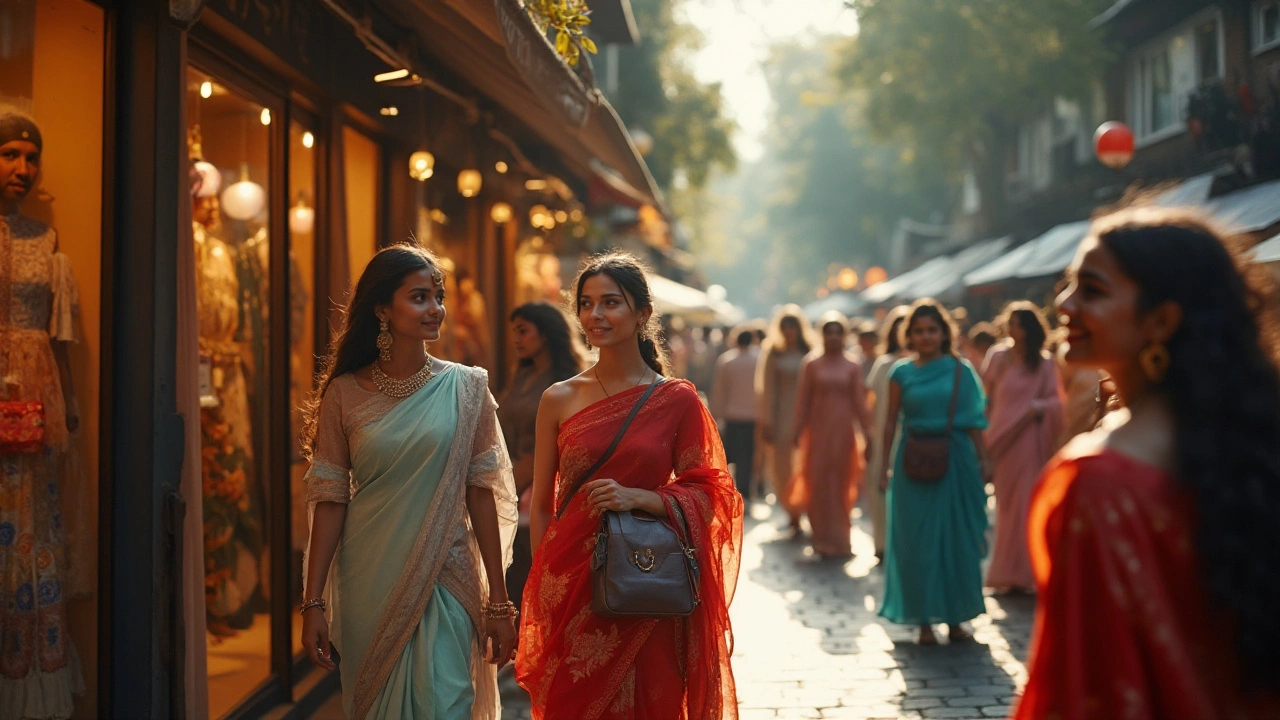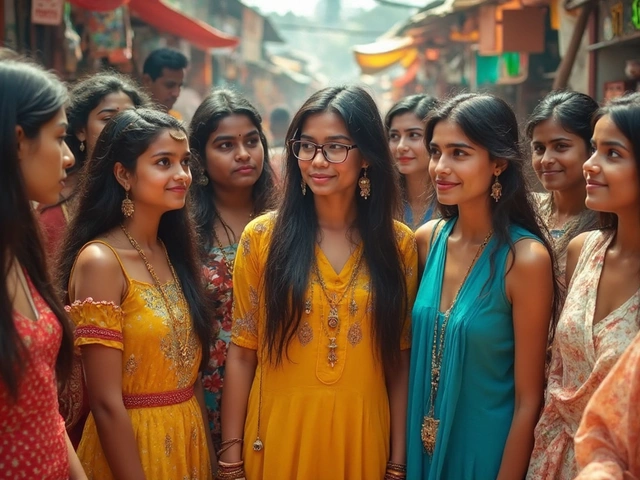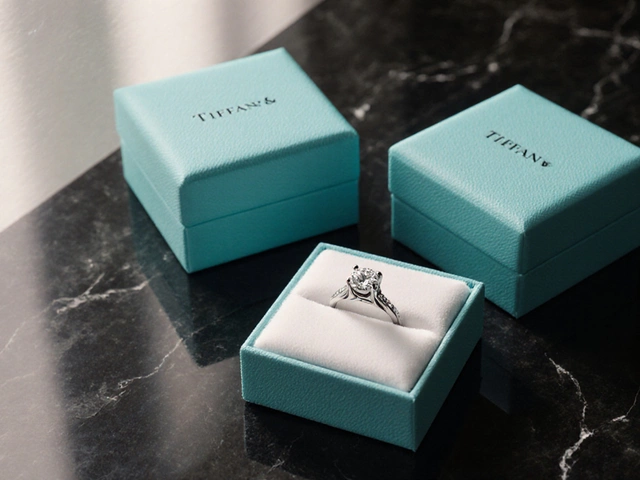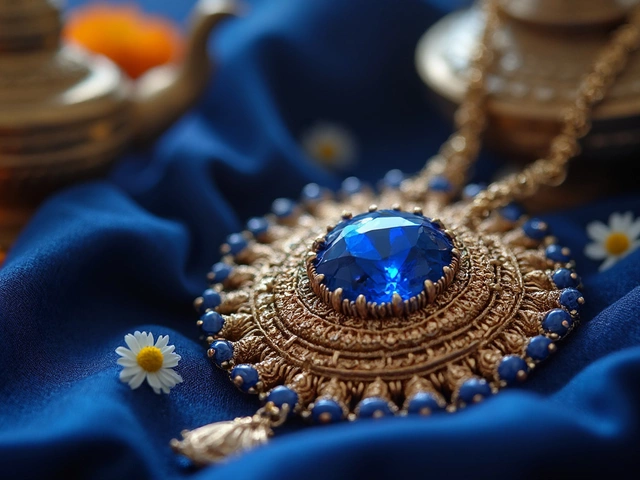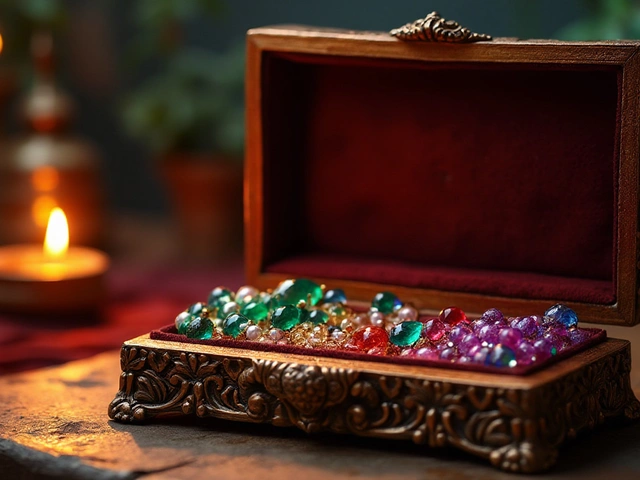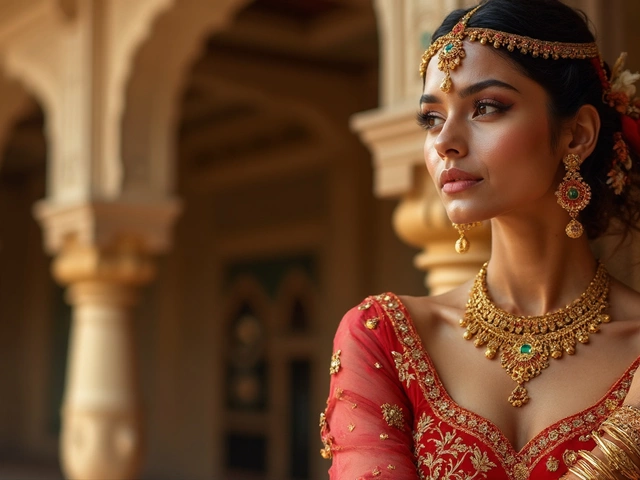Indian Market: Your Quick Guide to Jewelry, Fashion and Buying Tips
Thinking about diving into the Indian market? Whether you’re hunting for a shiny gold necklace, a cool nose stud, or the perfect summer fabric, you’ll need more than just a wish list. This guide gives you straight‑forward answers, so you can shop smart, avoid common traps, and still enjoy the vibrant culture that makes India unique.
Jewelry Hubs and What to Look For
India isn’t just a big country; it’s a collection of mini‑markets, each with its own specialty. Jaipur is famous for its Kundan and Meenakari work, while Surat dominates the diamond trade. In Mumbai you’ll find contemporary designs mixed with traditional gold, and Hyderabad is the go‑to place for pearls. When you visit any of these cities, keep an eye on the hallmark stamps. A 875 stamp means 21‑karat gold, which is the standard purity for most Indian pieces. If you see a 833 stamp, you’re looking at silver, not gold.
Don’t forget to test the piece before you buy. A quick magnet test can tell you if it’s real gold or just plated. Feel the weight – solid gold feels heavier than the same size of fake. And always ask for a BIS (Bureau of Indian Standards) certificate; it’s the official proof of purity.
Smart Buying Tips for Gold, Silver and Fabric
Gold prices in India swing with the seasons. Most experts say the best month to buy is October, right after the festive rush when sellers are eager to clear stock. Keep an eye on daily price charts and set a budget – don’t let hype push you over the limit.
If you’re after fabric, cotton and bamboo are the most breathable choices for the hot, humid climate. Silk and Pashmina are luxury options but cost a lot more; they’re worth it for special occasions, not everyday wear. When you shop for traditional dresses, check the stitching quality and the authenticity of the weave. Hand‑loom pieces often carry a label that guarantees they’re genuine.
For accessories like nose studs or black bangles, the design often carries cultural meaning. A black bead in a mangalsutra, for example, is believed to protect against the evil eye. Nose pins can reflect regional traditions – a tiny gold stud in the left nostril is common in many parts of North India.
Lastly, resale value matters if you plan to keep your jewelry as an investment. Brands with a strong reputation and timeless designs usually hold their value better. Look for classic gold chains, simple diamond settings, and pieces that can be easily verified with a hallmark.
With these pointers, you’re ready to navigate the Indian market like a pro. Remember: check the hallmark, compare prices, and enjoy the rich stories behind each piece. Happy shopping!
Top Luxury Fashion Brands Making Waves in India
India's love affair with luxury fashion brands has grown remarkably over the years. This article delves into the most famous luxury brands that dominate the Indian market, offering insights into their history, popularity, and what makes them appealing to Indian consumers. From traditional choices to emerging favorites, explore the diverse spectrum of high-end fashion accessories coveted in India. Discover interesting facts about how cultural integration is influencing these brands and helpful tips on choosing the right luxury accessory.
